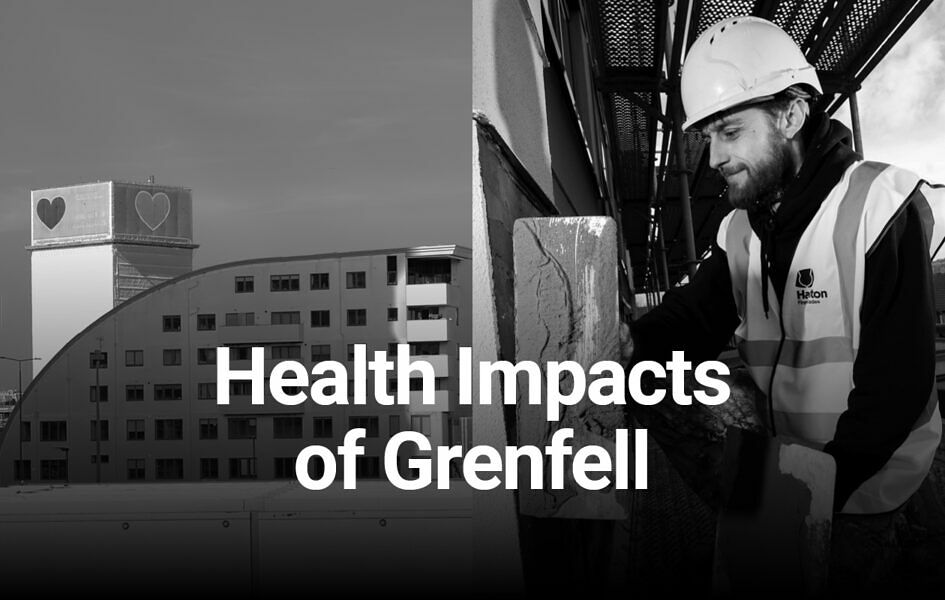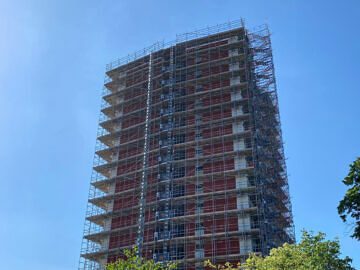The Grenfell Tower tragedy was not only a wake-up call for the construction industry but a stark reminder of the devastating human cost of regulatory failures. While much of the discourse has focused on fire safety, cladding and systemic issues in the building sector, new studies have brought another consequence into the spotlight: the severe health impacts on the firefighters who bravely battled the blaze.
Recent findings reveal that one in four firefighters who responded to the Grenfell fire have developed life-changing health conditions, including respiratory disorders and PTSD. This sobering statistic underscores the critical importance of learning from the mistakes of Grenfell, not just for the safety of residents but for the wellbeing of those who risk their lives to protect others.
We caught up with Daniel Mackie, Director at Hamilton, who explains the importance of reflecting on these lessons and ensuring they inform every project the industry now undertakes.
Here’s what he had to say…
“This study highlights the long-term exposure firefighters had to toxic smoke and chemicals, which emanated from non-compliant cladding and insulation materials used in Grenfell Tower. These materials, found to be highly flammable and dangerous, contributed to the rapid spread of the fire and the release of hazardous fumes.
The health conditions reported among the firefighters included:
- Respiratory disorders caused by inhaling toxic particles.
- Mental health challenges, such as PTSD, stemming from the trauma of the event.
- Chronic illnesses, with some cases resulting in premature retirement or permanent disability.
- These findings reinforce the critical responsibility of contractors, builders and regulators to ensure that every material used in construction is not only fire-safe but also non-toxic in the event of a fire.
At Hamilton, we believe the only acceptable response to Grenfell is commitment to safety, transparency and collaboration. Here’s how we incorporate these lessons into our work:
- Material Safety First – Every material we use undergoes rigorous testing and must meet the highest safety and compliance standards. Beyond fire resistance, we also prioritise materials with low toxicity to minimise risk to occupants and emergency responders.
- Systemic Change – We support continued research and development into safer building materials and advocate for stricter regulations across the industry. Grenfell’s lessons must inform not only today’s projects but also future innovations.
- Partnerships with First Responders – Hamilton collaborates with fire safety experts to ensure our projects are designed with safety in mind. This includes accessible building layouts, better fire-stopping techniques and materials that reduce toxic exposure during emergencies.
Grenfell exposed flaws not only in the building sector but in how society approaches accountability. Firefighters, residents and construction professionals all bear the consequences of these failures. Moving forward, collaboration is key to ensuring that such a tragedy never happens again.
The human cost of Grenfell cannot be overstated. From the lives lost to the ongoing struggles of survivors and first responders, this tragedy remains a powerful call to action for the construction industry and beyond.
At Hamilton, we remain resolute in our mission to deliver safe, sustainable and compliant projects. The health and safety of every person connected to a building, whether they live there, work there, or risk their lives protecting it – is our highest priority.”



